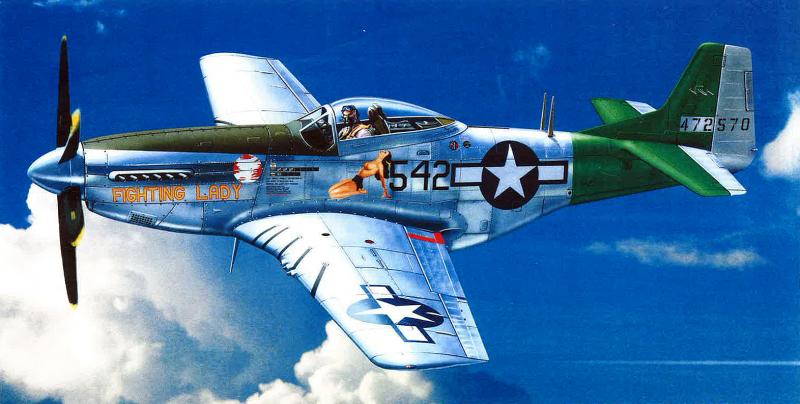Post by Dave Homewood on Jan 6, 2020 23:37:38 GMT 12
I was totally unaware of this radio controlled missile bomb till I found this article just now:
THE GLIDER BOMB
"CHASE ME CHARLIE"
NATURE OF CONTRAPTION
This is what it is like to be pursued by a "Chase Me Charlie" bomb, as the Royal Navy has nicknamed Germany's new glider bomb. The story is told by Lieutenant Peter Taylor, R.A.N.V.R., of Western Australia, who is one of the specialist officers serving in the cruiser Enterprise, reports the London correspondent of the "Melbourne Herald."
"We were hunting a flotilla of German destroyers in the Bay of Biscay when, about midday, a big four-engined Focke-Wulf Kurier appeared, and circled above us three times. We were not paying too much attention to it, just firing a few rounds to let the Germans know we were alive. Then happened the weirdest things I have ever encountered between Australia and the Arctic Ocean.
"The Focke-Wulf, which was about three miles away and 2000 feet up, had suddenly released a black object which flew below the mother aircraft for a few seconds, banked gracefully, then hurtled towards us in a, terrifically fast shallow dive. It resembled, as it neared us, a miniature propellorless fighter aircraft with a 14ft wingspan and leaving a thin trail of white smoke.
"Although it was our first experience of glider bombing, we by then, of course, were no longer in the dark about the evil nature of the oncoming visitor, which headed towards our fast-moving cruiser like a pin following a magnet. Our four-inchers salvoed the mother craft while the pompoms and Oerlikins concentrated on the glider bomb. Luckily for us, the accuracy of our fire forced the mother craft to take evasive action, causing it to lose control of the glider, which, after a series of wobbles, struck the water half a mile from us and blew up with a hell of a crash. The bereaved parent aircraft also vanished. A few minutes later eight German destroyers steamed over the horizon in line abreast, and the cruisers Glasgow and Enterprise began the fierce action in which three of Hitler's most formidable destroyers were blown to bits.
A three-angled silhouette of the Germans' Henschel 293 glider bomb, published in the National Spotters' Association's journal, "Aeroplane Spotter," shows a contraption very like a small, stubby single-winged seaplane, the correspondent states. The bomb itself, with short, square-ended wings, forms what is ordinarily the fuselage, suspended from which is what looks like a short single float, but actually is the propelling rocket. The entire length of the bomb, with the tail, does not exceed 15 feet, with a wing-span of 10 feet. The total weight is assumed to be 2500lb.
The bombs are generally released from Dornier 217 medium or four-engined Heinkel bombers, after which they develop a speed of 300 miles an hour under radio control from , the parent machine.
EVENING POST, 5 FEBRUARY 1944
THE GLIDER BOMB
"CHASE ME CHARLIE"
NATURE OF CONTRAPTION
This is what it is like to be pursued by a "Chase Me Charlie" bomb, as the Royal Navy has nicknamed Germany's new glider bomb. The story is told by Lieutenant Peter Taylor, R.A.N.V.R., of Western Australia, who is one of the specialist officers serving in the cruiser Enterprise, reports the London correspondent of the "Melbourne Herald."
"We were hunting a flotilla of German destroyers in the Bay of Biscay when, about midday, a big four-engined Focke-Wulf Kurier appeared, and circled above us three times. We were not paying too much attention to it, just firing a few rounds to let the Germans know we were alive. Then happened the weirdest things I have ever encountered between Australia and the Arctic Ocean.
"The Focke-Wulf, which was about three miles away and 2000 feet up, had suddenly released a black object which flew below the mother aircraft for a few seconds, banked gracefully, then hurtled towards us in a, terrifically fast shallow dive. It resembled, as it neared us, a miniature propellorless fighter aircraft with a 14ft wingspan and leaving a thin trail of white smoke.
"Although it was our first experience of glider bombing, we by then, of course, were no longer in the dark about the evil nature of the oncoming visitor, which headed towards our fast-moving cruiser like a pin following a magnet. Our four-inchers salvoed the mother craft while the pompoms and Oerlikins concentrated on the glider bomb. Luckily for us, the accuracy of our fire forced the mother craft to take evasive action, causing it to lose control of the glider, which, after a series of wobbles, struck the water half a mile from us and blew up with a hell of a crash. The bereaved parent aircraft also vanished. A few minutes later eight German destroyers steamed over the horizon in line abreast, and the cruisers Glasgow and Enterprise began the fierce action in which three of Hitler's most formidable destroyers were blown to bits.
A three-angled silhouette of the Germans' Henschel 293 glider bomb, published in the National Spotters' Association's journal, "Aeroplane Spotter," shows a contraption very like a small, stubby single-winged seaplane, the correspondent states. The bomb itself, with short, square-ended wings, forms what is ordinarily the fuselage, suspended from which is what looks like a short single float, but actually is the propelling rocket. The entire length of the bomb, with the tail, does not exceed 15 feet, with a wing-span of 10 feet. The total weight is assumed to be 2500lb.
The bombs are generally released from Dornier 217 medium or four-engined Heinkel bombers, after which they develop a speed of 300 miles an hour under radio control from , the parent machine.
EVENING POST, 5 FEBRUARY 1944















